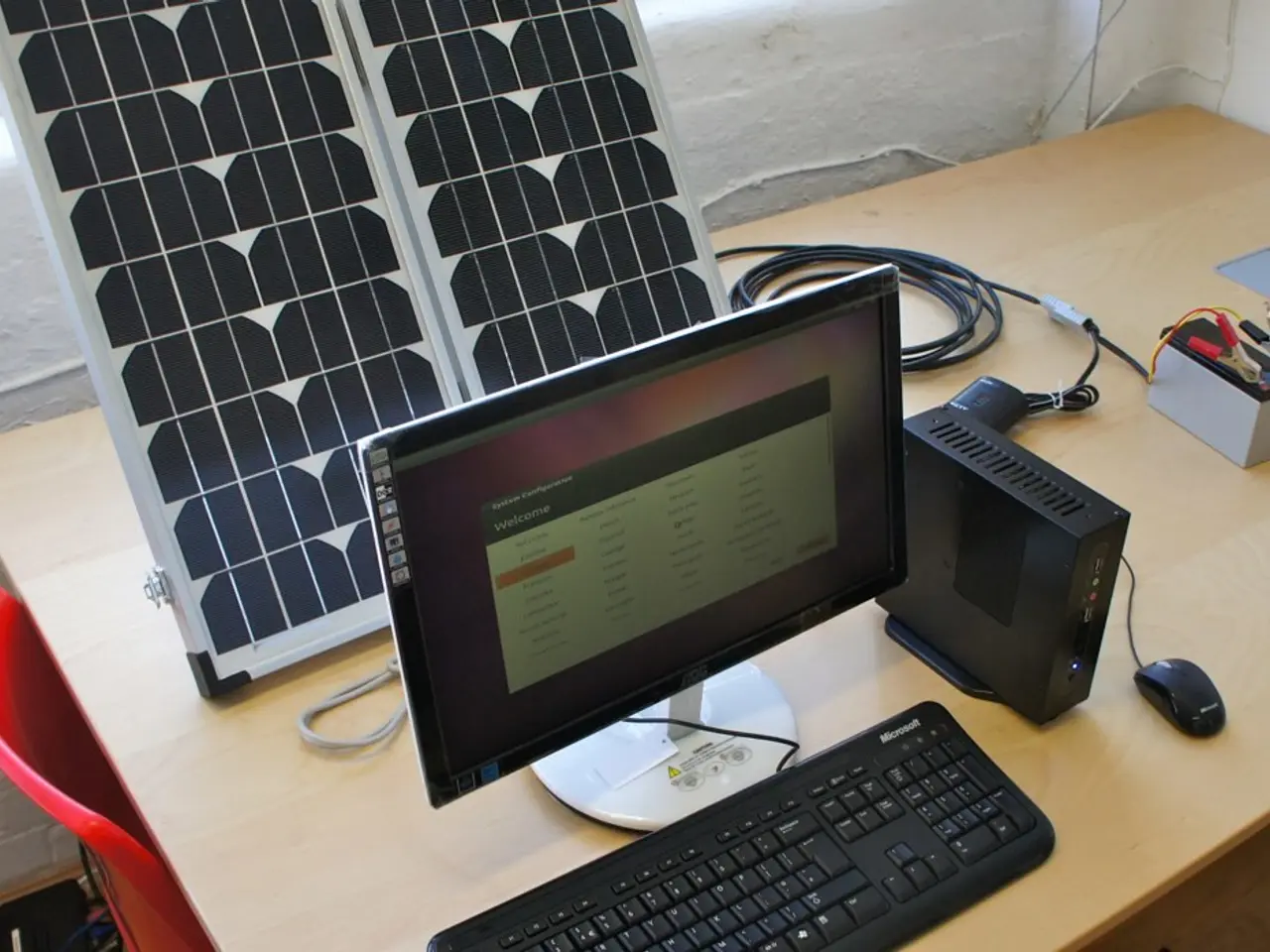HZB Study Unveils Best Metal Oxides for Efficient Hydrogen Production
A team led by Dr. Dennis Friedrich and Dr. Hannes Hempel at HZB has conducted a comprehensive study to understand charge carrier localization and its impact on mobility in metal oxides. This research, with Markus Schleuning as the first author, aims to identify the best metal compounds for photoelectrodes in hydrogen production.
Metal compounds are promising candidates for photoelectrodes due to their low cost, non-toxicity, stability in aqueous solutions, and catalytic properties. However, charge carriers generated in metal compounds by sunlight are less mobile and slower than those in doped semiconductors like silicon. To address this, the team developed a new method to measure diffusion lengths and applied it to 10 metal compounds, including titanium dioxide (TiO2) and zinc oxide (ZnO).
The study found that annealing significantly improved mobility in barium stannate (BaSnO3), while bismuth vanadate (BiVO4) showed the least carrier localization among the tested materials. This understanding will help in developing and selecting the best metal compounds for efficient hydrogen production through photoelectrochemical water splitting.
Hydrogen, a clean fuel and raw material, will play a crucial role in a future climate-neutral world. This study, published in Nature Communications, provides valuable insights into the conductivity limitations of metal compounds, paving the way for further research and development of efficient and cost-effective photoelectrodes for hydrogen production.
Read also:
- "Eco-Scam": Unveiling the Truth about Electric Vehicles
- European transportation's sustainability and competitiveness rely on a "green industrial agreement" that serves the interests of both corporations and residents, as discussed in an Editorial from August 2024.
- Indian Oil Corporation's Panipat Refinery secures India's inaugural ISCC CORSIA accreditation for Sustainable Aviation Fuel production
- Putin's CTBT Move Threatens Global Nuclear Order







